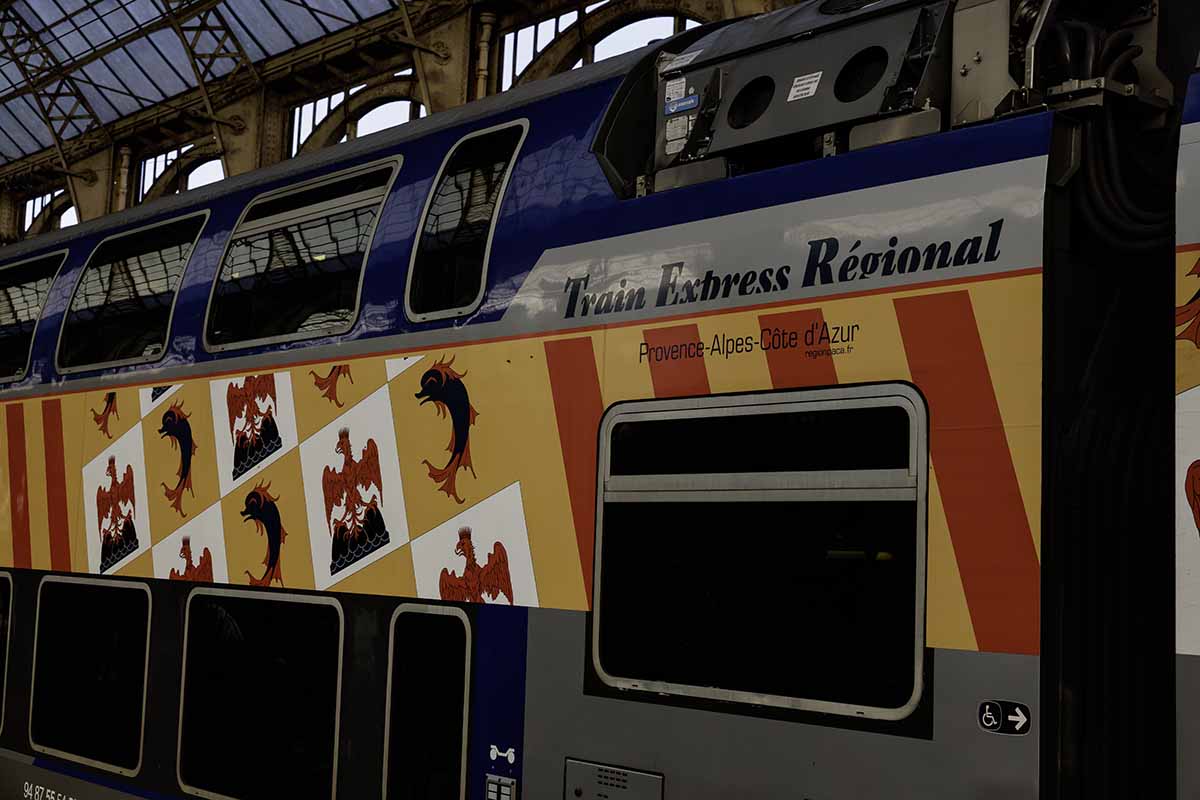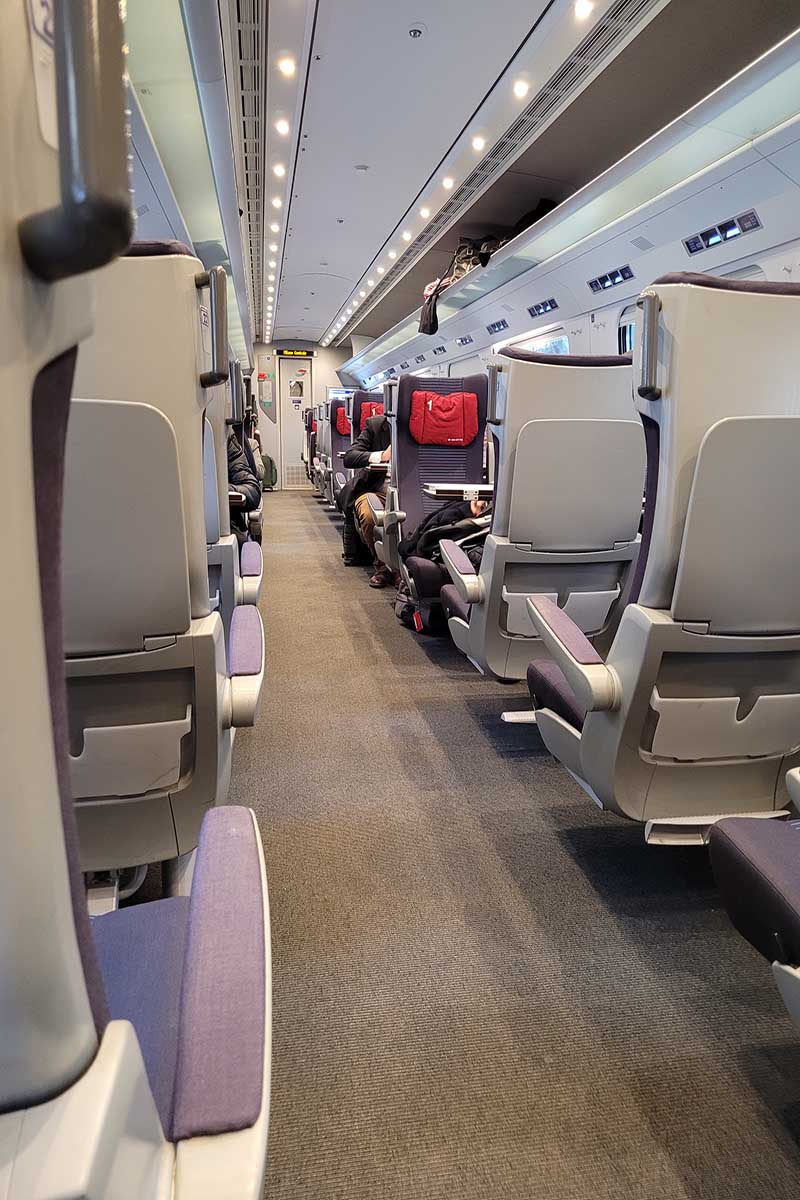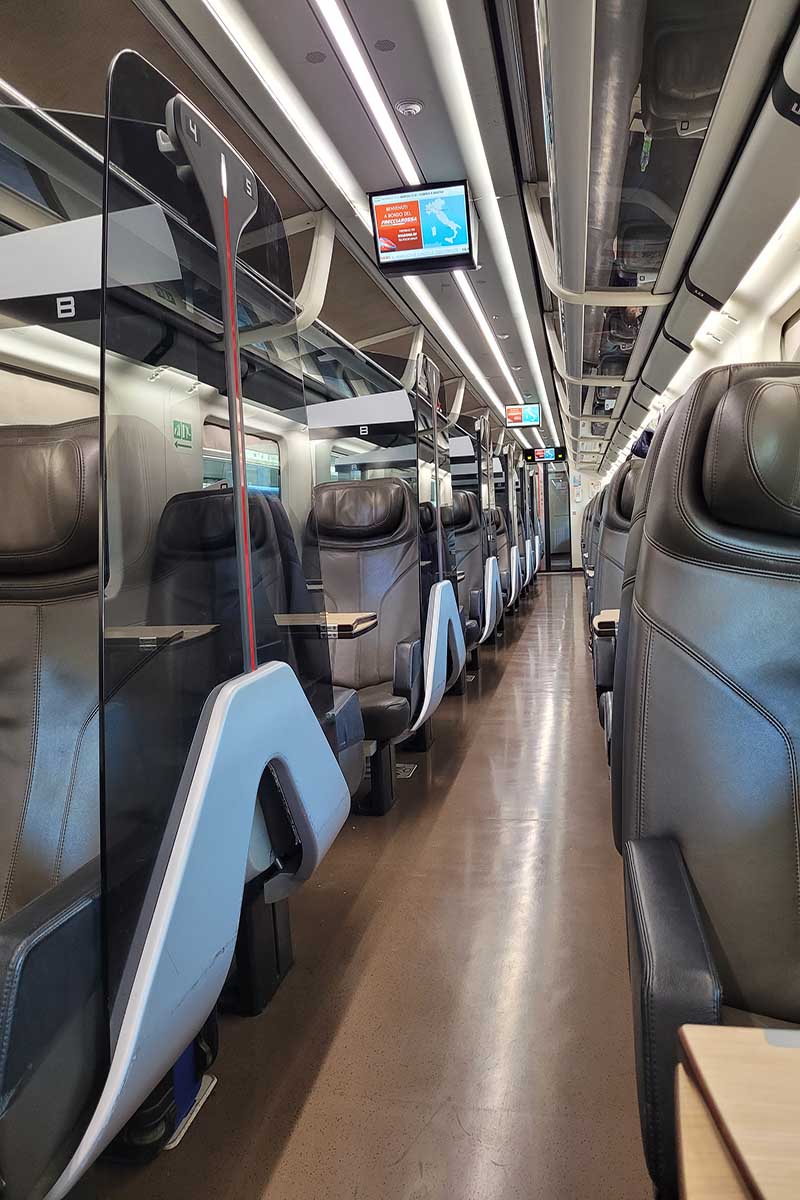Interrail – The Best way to See Europe

Interrail – The Best way to See Europe
Despite the advent of cheap flights, an interrail pass is still the best way to see Europe.
The extended train trip across Europe used to be the first great life adventure for kids leaving school or university before long-haul flights got cheaper, and the bank of Mum and Dad stretched to Southeast Asia. The good news is that Interrail is still the best way to see Europe. What’s even better is that it’s been updated, is super flexible, pretty cheap and, as with all good things, there’s an app for it. Best of all, it’s not just for gap-year students, senior travellers over 60 get a discount on Interrail passes.
How much of Europe does Interrail Cover?
The Interrail network allows train travel in 33 countries in mainland Europe, including Turkey. The only exclusions are Albania and Russia, including the Kaliningrad area on the Baltic coast, sandwiched between Poland and Lithuania. You can even get discounts on some ferries with an Interrail pass.
Train travel across Europe is a great way to see the continent and many of the world’s great cities. This is particularly true since
the Berlin Wall fell and the Iron Curtain came down. Now, most of Eastern Europe, pretty much off limits in the 60s and 70s, is back on the agenda.

Who can buy an Interrail Pass?
Anyone who is a citizen of Europe, including the UK, post Brexit, can buy an Interrail pass from their website, Interrail.EU. Non-European citizens need to buy an Eurail pass, available from EUrail.com which costs the same amount and has similar travel options to the Interrail pass.
What type of Interrail Pass Should I get?
The best thing about an Interrail pass is its flexibility. The Interrail website even has a tool which you can use to model your trip to calculate the most cost-effective pass for your plans.
The variables you need to consider are the travel class you want, the duration of your trip, and the number of actual travel days you intend to take. E.g., if you want to visit 2 cities over a short (one-month period), then a 4 day, 1 month travel pass is probably the best for you. If you’re planning an extended trip with multiple hops, then a 2 or 3 month global pass, which allows unlimited train trips, might be the best option. Touring a single country? You need a one country interrail pass.
Is an Interrail Pass Cheap?
Because of their flexibility, Interrail passes can be very economical. Interrail pass prices are age dependent. Children under 12 travelling with an adult go free. Passengers under 27 years of age get a discount of about a third and senior travellers over 60 get about 10% off.
It’s also worth checking the Interrail website regularly, as they often have deals to purchase a pass which can be used at any time up to a year ahead.
Can I travel on an Interrail Pass in my own Country?
The terms of the Interrail pass don’t allow you to travel within your own country, but you are allowed an ‘out and back’ trip, so if you are starting in the UK, using the Eurostar on your pass is permissible.

How do I use an Interrail Pass?
The way the Interrail pass works is that you either buy a fixed number of days travel within a pre-defined period, or a global travel option with two or three months validity, and then you reserve a seat on the train of your choice, which also usually incurs a small charge. The size of this charge depends on the popularity of the route. Travelling on the fast, comfortable TGVs between major cities in France on a Friday evening will cost more than a rural line in eastern Europe.
If you have a pass with a set number of travel days, the app requires you to activate the day on your pass before you travel. Obviously, don’t do this until you’re ready to get on the train as if you can’t travel for any reason, you’ll have burnt one of your precious travel days. Once you buy a pass, you can’t add days to it should you change your plans. The guard will need to see your electronic pass and also the reservation. Failure to activate that day’s travel on your pass can result in a fine.
Do I need to reserve a seat with an Interrail Pass?
You don’t always need to book a seat on the train When you decide where you want to travel, you can visit the Interrail site and book reservations simply by entering the start point and destination and selecting the train(s) you want to travel on, and when. Reservations can be cancelled and refunded (less an admin charge) if you change your mind, but it’s worth noting that reservations on a specific train, e.g. on a popular route or time, can be limited, so planning ahead is the best strategy. This is especially true of the Eurostar, so reserve those seats as early as you can.
Rural or mainline routes out of peak times don’t require a reservation, you can simply hop on the train and sit down. The app will tell you if a reservation is necessary when you plan your route.
It is worth noting at this point that if you’ve splashed out on a first-class pass, reservations will cost a little more too.
Can I use my Interrail Pass on Ferries?
Yes! An Interrail pass gives you access to free or discounted ferry crossings across Europe. The discounts vary between companies, but range from 20-50%. Free ferry crossings count as a travel day, but if it’s an overnight ferry, you can choose which day to select, which makes it more efficient. Discounted ferry crossings don’t count as a travel day for interrail passes. The method of booking these varies between ferry companies, so please check the Interrail or Eurail site for details.
Do I need a Passport when Travelling by Train in Europe?
The whole European rail network is integrated as far as Interrail is concerned and you’re not limited to a single country when booking your train. The Schengen border control area means you are unlikely to need your passport when crossing borders between EU and associate countries, although there are rumours that Germany has begun checking passports on incoming trains from the Czech Republic, so it’s always a good ploy to have your documentation available. Similarly, when travelling from Geneva to other countries, you’ll pass through a passport checkpoint, but it may or may not be staffed.
What are Train Facilities Like in Europe?
Train facilities vary from country to country, so use the Interrail website/app which details what you can expect to find by way of power sockets, wifi and refreshments.


Conclusion
Interrailing is still the best way to tour around Europe. Europe’s trains are fast, efficient and highly integrated. You should now be armed with all the information you need to make travelling Europe by train your next big adventure.


